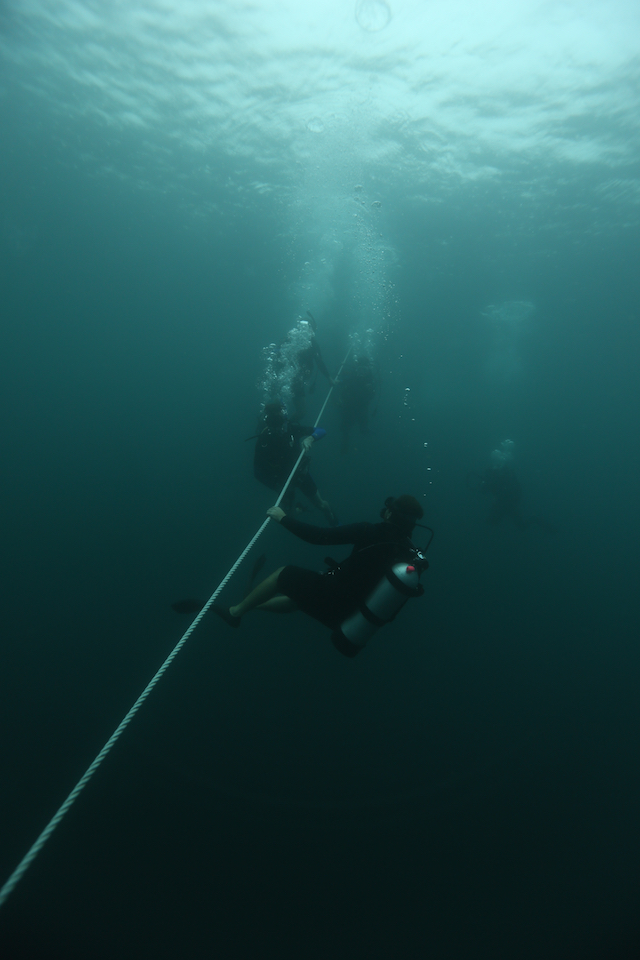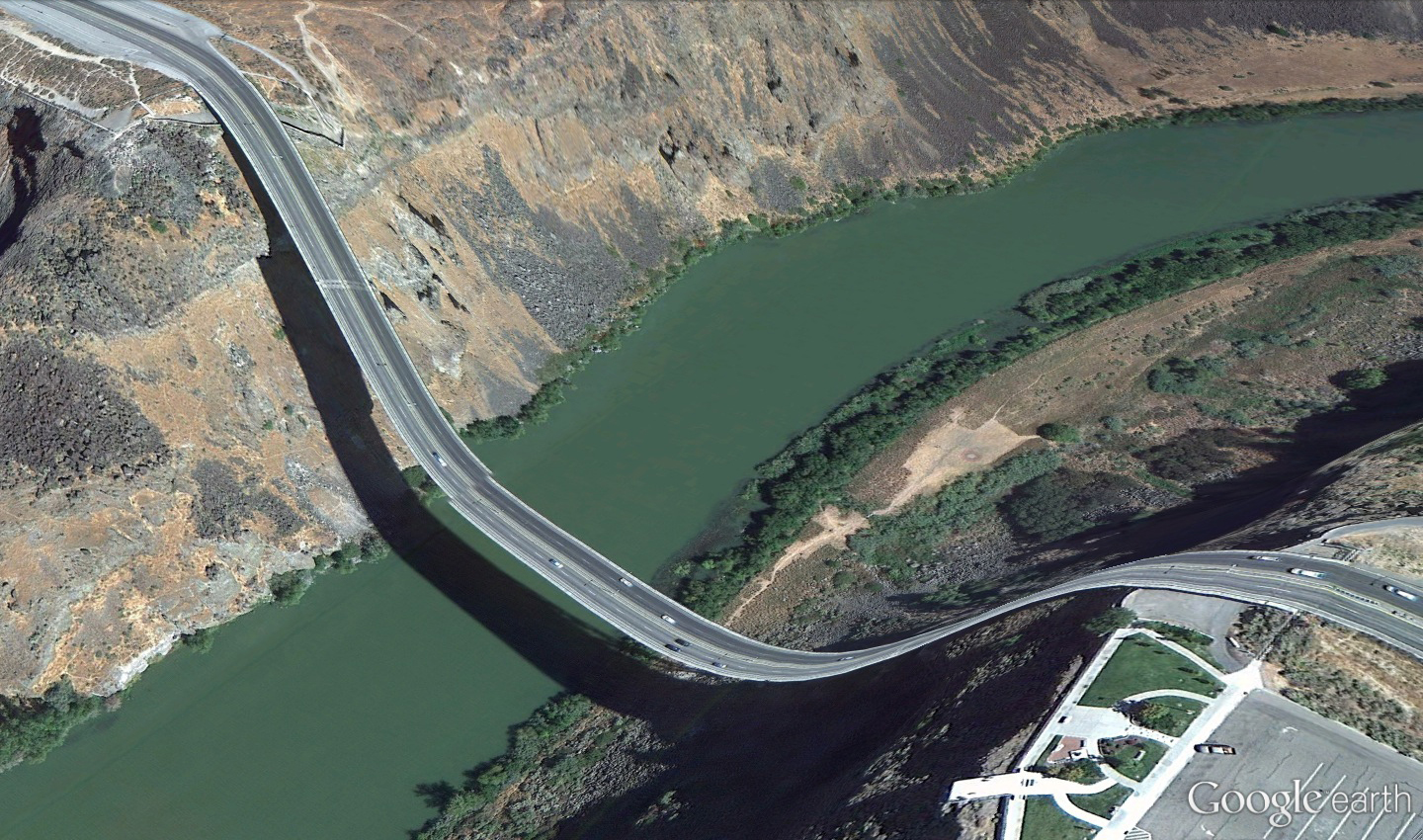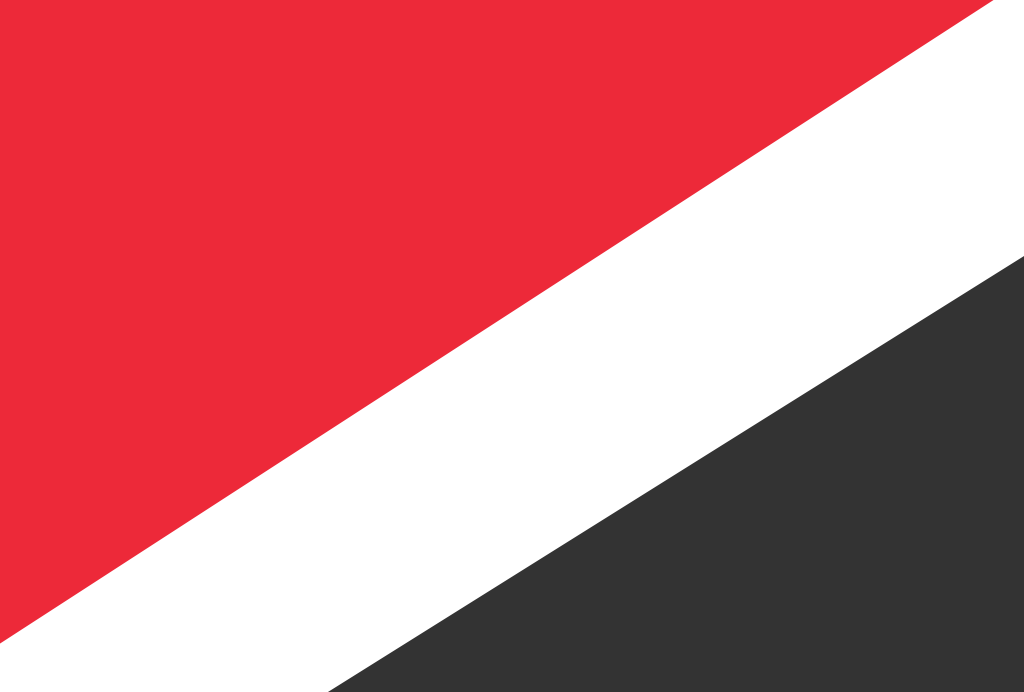Project 2: New Territories
“The principality of Sealand is a man-made island in the North Sea. Formerly a defense fortress in World War II, this tower, standing some six miles off the British Coast, is a kind of emergency building, a favela of the High Seas. The eye meets a joyless, rusty structure that is nevertheless inhabited… There operated radio amateur Paddy Roy Bates, an ex-major in the British Army… In 1967 he proclaimed the abandoned war platform located in international waters, his own Principality, a sovereign country names Sealand. Bates and his son Michael became princes, and his wife Joan a princess. Bates claimed complete independence from the United Kingdom; UK laws did not apply to Sealand territory.”
Metahaven, Uncorporate Identity, 2011
“The immediate geographical drama of the Cloud layer is seen most directly in the ongoing Sino-Google conflicts of 2008 to the present: China hacking Google, Google pulling out of China, the NSA hacking China, the NSA hacking Google, Google ghostwriting books for the State Department, and Google wordlessly circumventing the last instances of state oversight altogether, not by transgressing them but by absorbing them into its service offering. Meanwhile, Chinese router firmware bides its time.”
Benjamin Bratton, The Black Stack, 2014
Overview
This project focuses on the geospatial relationships of physical and digital spaces, and Graphic Design’s role to define them. Each student will identify an in-between space — an ambiguous territory that connects the tangible with to virtual world — and use identity design as a means of investigation.
Learning outcomes
• Identify boundaries between digital and physical overlapping geographies
• Understand identity design as a political act
• Develop a critical position towards the power structures that control these boundaries
Project

Step 1
Identify an in-between space between the physical world and the digital cloud. Think about such spaces as portals that connect the concrete to the virtual, and vice versa — time-spaces where different geographies overlap and communicate. Looking around CCA there are many: the LED sign outside of the grad building, paper clip print client and the school printers, the computer lab. Widening your net a few blocks there is the free wi-fi at Starbucks, ATM Machines, the next train signs at Muni and BART. Notice how these spaces are loaded with political tension — they enable or restrict access to information, resources, our privacy, etc. and as a result hold power.

Bring three possible spaces of your interest and be prepared to discuss them in class. Have reasons to make a critical commentary upon the spaces.
Due class 10: Oct 10

Step 2
Carefully analyze your selected space, both its presumed function and visual vocabulary. Take pictures and screencaptures. As an archaeologist, take samples. Map its boundaries. Who are the actors that operate them? Are they private or public entities? Who are their users, their audience? Are these elements well defined? Find their weakness. Adopt the point of view and strategies of migrants, hackers, occupants, and pirates to experience and explore its limits, the edges of your space.

Based on this research make a map of your space and prepare a 10 minute visual presentation to show in class.
Due class 11: Oct 12
Step 3
Use graphic design as a means to claim ownership over the entities and spaces you are investigating. What are the tools that identity design can offer to enact autonomy? Deconstruct and reconstruct the space’s signs, symbols, colors, typography, logos, furniture, architecture to demonstrate a critical point of view. Gain agency over your selected space by naming, renaming, de-naming it. Exercise sovereignty through form and language.

Activate the relationship between the digital and physical space. Translate its digital elements to physicality. Communicate its tangible materiality by digital means. Your actions should problematize the boundaries between the digital and physical manifestations of your space, as well as renegotiate the boundaries that defines it as a discrete entity separating it from other spaces. Dislocate the meaning of its (or your) graphics by displacement. Is posting a wifi password an act of transgression? Is tracking the users of a network an act of surveillance?

Select some of your explorations and displace them from digital to physical and vice-versa. Bring documentation of your displacements in both digital (screenshots, a website, a video) and printed form (11” x 17” black and white printouts).
Due class 13: Oct 19
Step 4

Visual communication goes way beyond static graphics. Your project should not only be a commentary but a proposition that performs critically in real space and time, with and for real people. You might want to redistribute a platform in a more democratic way; or make your space more accessible. You might want to obscure it, obstruct it, negate it. Whatever direction you take it should operate beyond this class and engage with strangers.
Execute your project and present it as a self contained piece. The medium is open. Think about it as an intervention to the space. You might want to intervene it through a website, and app, a browser extension, a performance, a sound piece, a new brand, a pop up store, etc. Bring substantial documentation of your execution.
Due class 17: Nov 02
Requirements
• 10 min presentation of map
• Documentation of formal deconstruction and displacements
• Intervention in your site of exploration
• Two-Sided 20 x 30 “ poster documenting your intervention
• Screen-based documentation of your intervention
Readings
• The Big De-Organization, Metahaven
• The Black Stack, Benjamin Bratton
• The Age of Earthquakes: A Guide to the Extreme Present, Douglas Coupland, Hans Ulrich Obrist, Shumon Basar
Schedule
Class 09: Oct 5
Group discussion (introduction project 2, readings)
Lecture
Class 10: Oct 10
Discussion on 3 spaces / step 1
Class 11: Oct 12
10 min presentation of map on your selected space / step 2
Class 12: Oct 17
In-class exercise step 3
Lecture
Class 13: Oct 19
Group crit of step 3
Class 14: Oct 24
Group crit of proposals step 4
Class 15: Oct 26
Group crit of rough draft step 4
Class 16: Oct 31
Desk crits of rough draft step 4
Class 17: Nov 02
Group crit of final project